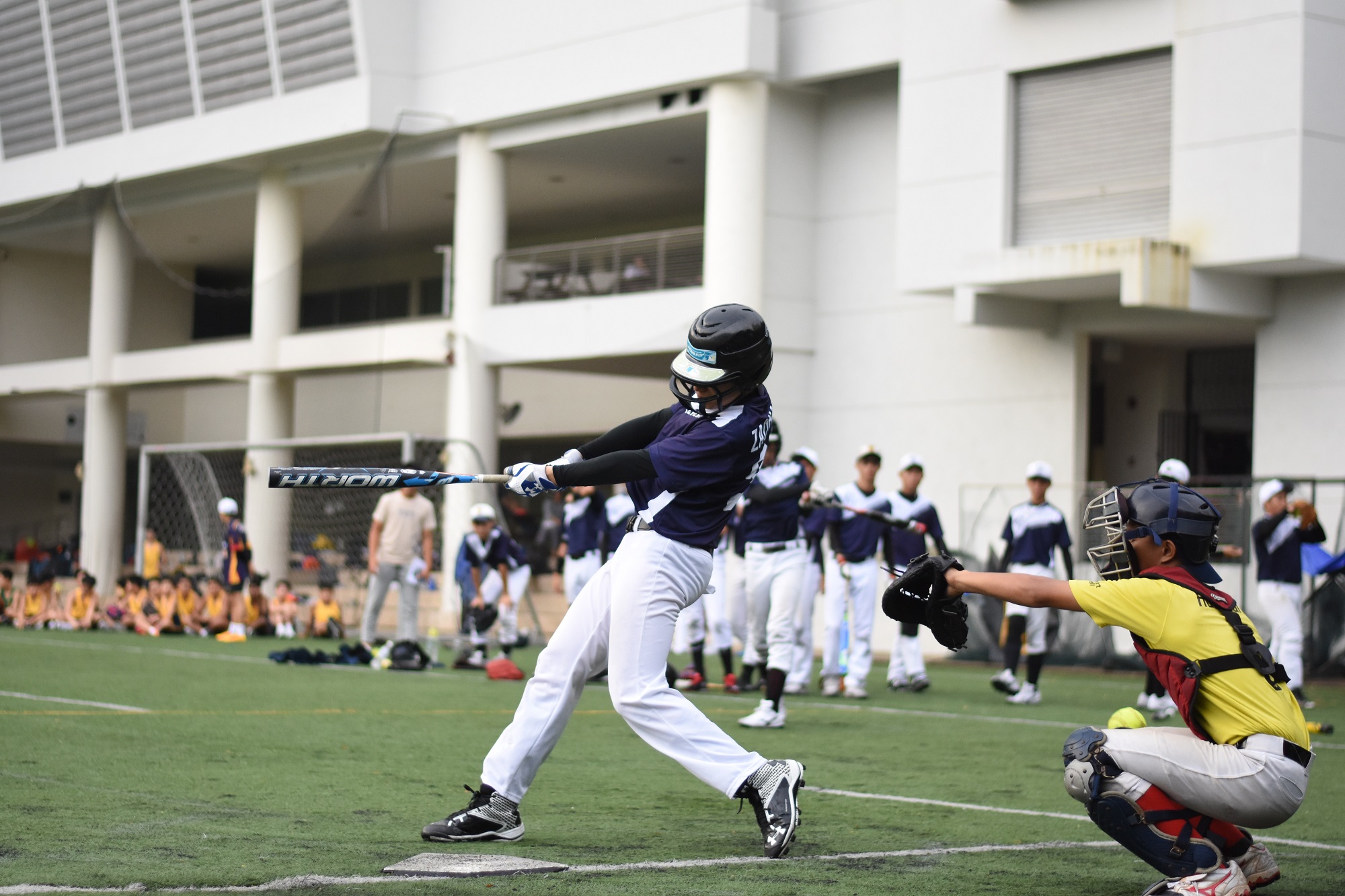
When baseball season starts, coaches, athletes, and parents are all concerned about one thing: preventing injuries. Many baseball injuries, particularly overuse injuries, are preventable.
From being a favorite pastime sport for many children up through college to being a competitive team sport, baseball is one of the most popular American sports. With the likes of Babe Ruth, Hank Aaron, Jackie Robinson, and Barry Bonds still being the sports heroes of many Americans, it’s no surprise that youth baseball and softball participation is on the rise. And, with the rise of sports participation, we’ll always see a rise in injury as well. Currently, 14% of youth emergency-related sports injuries are from baseball injuries, which is relatively low considering the injury rate is almost double for such sports as football. Moreover, baseball injuries are still relatively minor when compared to other sports.
However, when baseball season starts, there’s only one thing on the minds of coaches, parents, and athletes: preventing sitting out the season or even ending up the ER with an injury.
Top Baseball Injuries
Other than the injuries caused by fast pitches, sliding, and diving, many baseball injuries are actually preventable. This is especially the case when it comes to overuse injuries. It’s no surprise that the majority of overuse injuries are to the elbow or shoulder of a baseball player. Other areas of the body are also prone to overuse type injuries.
- Muscle strains and sprains to the legs and back;
- Rotator cuff tears;
- Tears and pain in the knees.
Although acute injuries cannot be prevented, there are many things an athlete can do that can decrease the risk of overuse injuries and even help in a quicker recovery of an acute injury. These preventative and recovery measures should be encouraged by parents and especially coaches to keep their baseball players safe and off the bench.
1. Warm Up Properly
It’s a common suggestion, but often neglected or not taken seriously enough. However, warming up properly ensures that your muscles are ready for action and the stress of practice and training. Not warming up leads to a higher risk of strains and sprains, as well as tears. A baseball player should warm up properly with gradual cardio to get the heart and blood pumping, followed by dynamic stretching. Gradual throwing should also be included in the warm-up.
2. Rotate Positions
This is difficult to do with a pitcher. However, other players should be rotated to avoid overuse injuries. Overuse baseball injuries are commonly caused by repetitive motion with no adequate break or recovery time. By ensuring your players are rotating their positions, you’re encouraging them to give their most-used muscles a break.
Because this is difficult for a pitcher, it’s important to adhere to the pitch count guidelines established by the league. Furthermore, a pitcher shouldn’t pitch on consecutive days to give their muscles adequate time to recover.
3. Listen To Your Body And Report Pain
Any athlete may neglect to report pain because of the fear of being benched. However, not reporting pain can lead to not only being benched for an entire season. It could also lead to long-term damage resulting in surgery. A player should take it easy or ask for guidance if they’re in pain. This is especially true for pitchers, who shouldn’t pitch with an elbow or shoulder pain. In fact, if pain persists players should immediately seek a doctor or other healthcare professional like a physical therapist to assess the injury. It could mean sitting out a couple of games and heading to physical therapy. However, not reporting it could be career-ending.
4. Focus On Good Mechanics And Mobility
Proper technique cannot be emphasized enough, especially for a baseball player. Throwing and batting wrong could lead to elbow, shoulder, and back injuries. Focusing on proper movement and stabilization will decrease your risk of an overuse injury. Athletic trainers and physical therapists are particularly keen when it comes to mobility and ensuring full range of motion. They look at the biomechanics of each player, assessing weaknesses and areas where there needs to be an improvement. These weaknesses, whether it’s muscle weakness, inflexibility, or imbalance, can lead to both acute injuries and overuse injuries. Putting together a training program that targets these weaknesses will help prevent many baseball injuries.
Baseball Injuries Don’t Have To Be Season-Ending
Some injuries may require an entire season to recover and rehabilitate. However, if caught early, many baseball injuries are so minor that a player can recover from them relatively quickly and with no long-term damage. Speaking with a physical therapist or athletic trainer about your concerns if you have any pain will quicken the recovery process. Part of the process will be to strengthen the proper muscles and target any weaknesses. The goal of any recovery is to get the player of the bench and back on the field.


